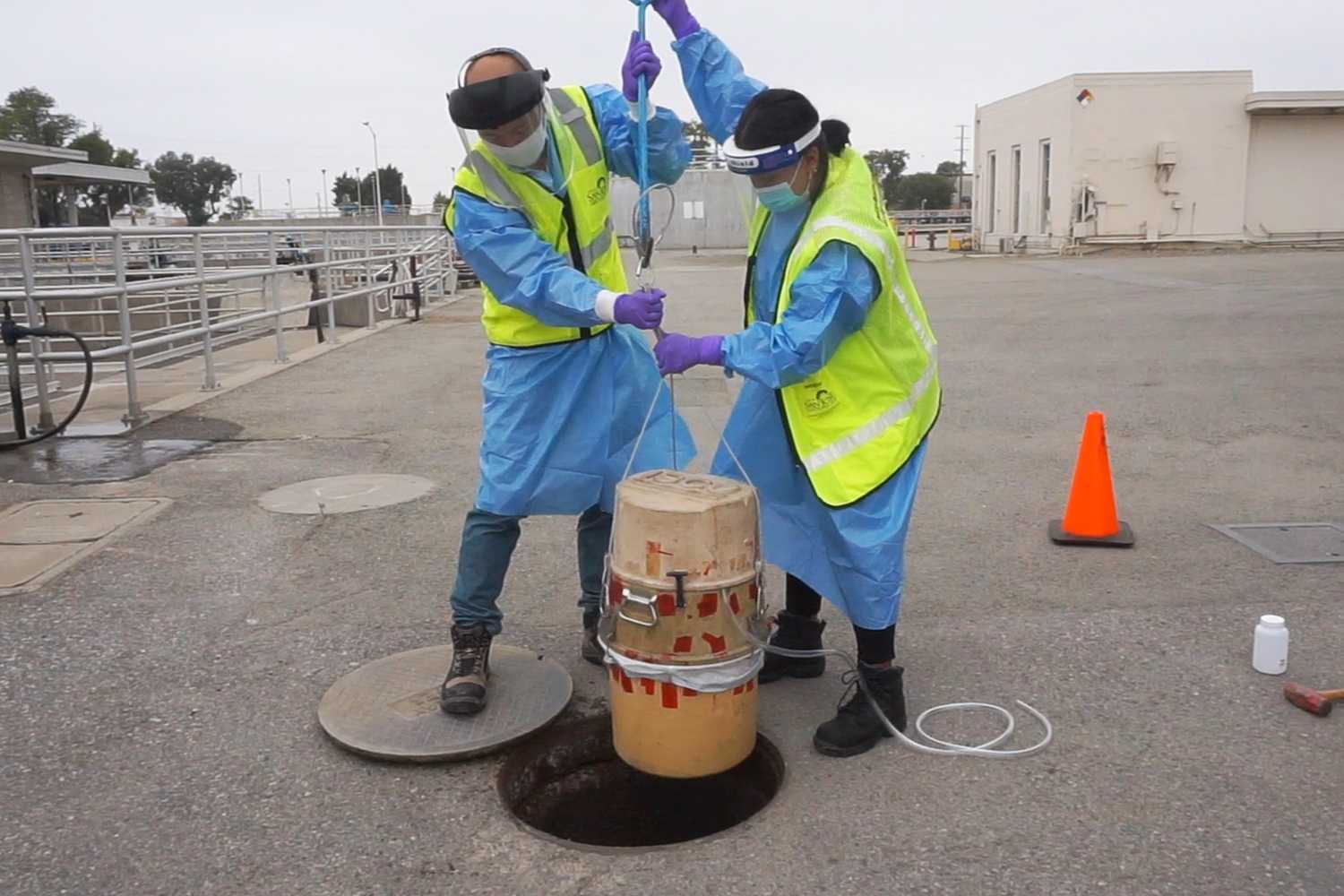
Wastewater surveillance surges
Urban sewer systems became widespread in the 19th century, dramatically improving sanitation and public health. They've changed little since then. Now, however, sewers are being lit up with biosensors that will track disease, drug use, and much more.
In the United States, the CDC has launched a National Wastewater Surveillance System to build on pandemic-era successes, when it was discovered that COVID-19 surges could be detected in wastewater samples weeks before clinical testing revealed them. Meanwhile, this approach is providing new insights in opiod addiction, recreational drug use, and exposure to hazardous chemicals such as flame retardants and plasticizers.
Going forward, urban tech will scale up the scope and drive down the cost of sampling wastewater. Today most samples are collected manually, or gathered periodically from autosamplers that can maintain refrigerated micro-amounts of fluid. In the future, lab-on-a-chip sensors could process samples in situ and transmit results to the cloud. This points towards a future where the underworld of cities is one of its most heavily monitored and assayed environments, raising new questions about how the data collected there is created, analyzed, and guarded.




..png)
